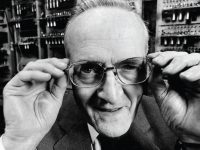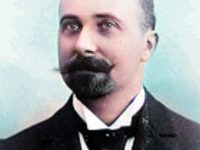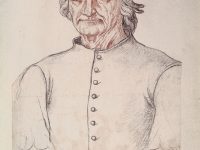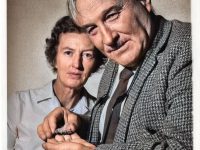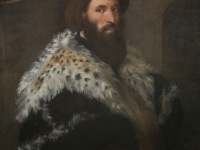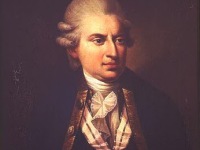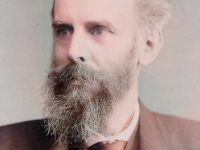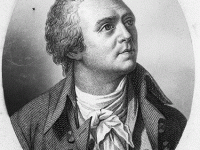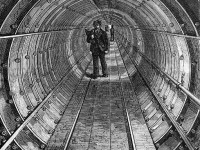Tom Kilburn and the First Stored-Program Computer
On August 11, 1921, English engineer Tom Kilburn was born. Kilburn became known for having written the computer program used to test the first stored-program computer, the Small-Scale Experimental Machine, SSEM, also known as “The Baby” in 1948. “… the most exciting time was June 1948 when the first machine worked. Without question. Nothing could ever compare with that.” Tom Kilburn, Autumn 1992 Tom Kilburn was born in Dewsbury, Yorkshire, England and…
Read more

